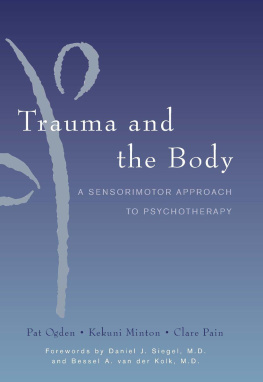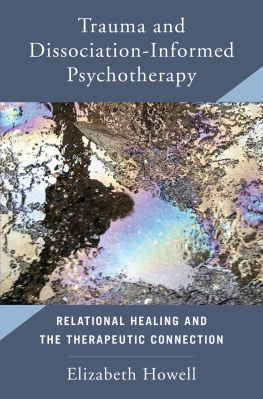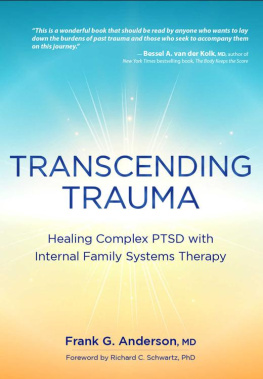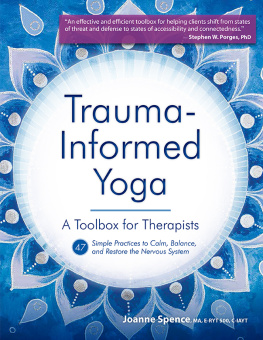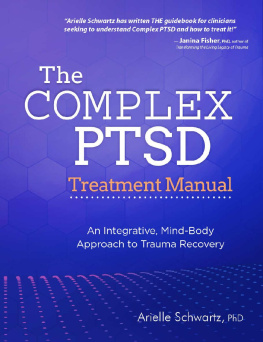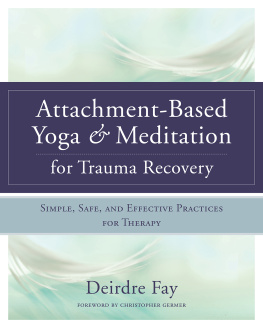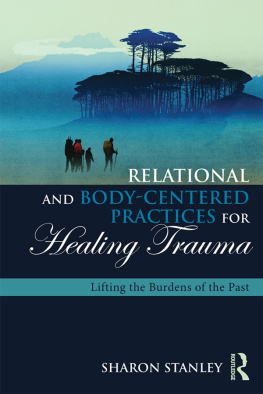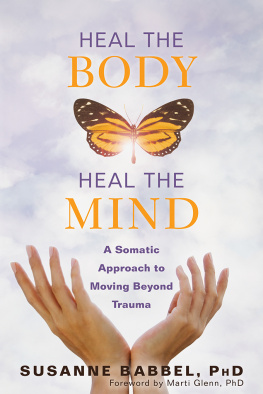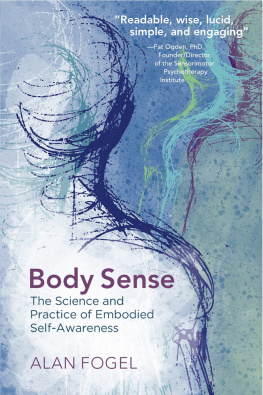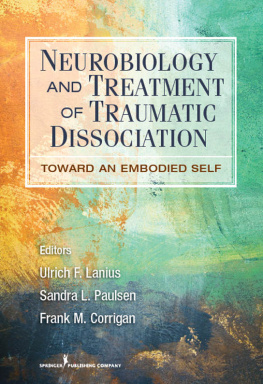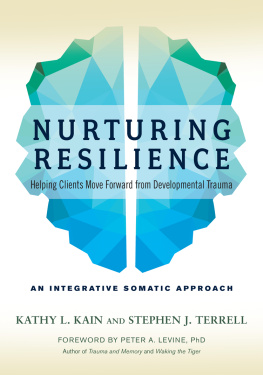Pat Ogden - Trauma and the Body: A Sensorimotor Approach to Psychotherapy
Here you can read online Pat Ogden - Trauma and the Body: A Sensorimotor Approach to Psychotherapy full text of the book (entire story) in english for free. Download pdf and epub, get meaning, cover and reviews about this ebook. year: 2006, publisher: W. W. Norton & Company, genre: Religion. Description of the work, (preface) as well as reviews are available. Best literature library LitArk.com created for fans of good reading and offers a wide selection of genres:
Romance novel
Science fiction
Adventure
Detective
Science
History
Home and family
Prose
Art
Politics
Computer
Non-fiction
Religion
Business
Children
Humor
Choose a favorite category and find really read worthwhile books. Enjoy immersion in the world of imagination, feel the emotions of the characters or learn something new for yourself, make an fascinating discovery.
- Book:Trauma and the Body: A Sensorimotor Approach to Psychotherapy
- Author:
- Publisher:W. W. Norton & Company
- Genre:
- Year:2006
- Rating:4 / 5
- Favourites:Add to favourites
- Your mark:
Trauma and the Body: A Sensorimotor Approach to Psychotherapy: summary, description and annotation
We offer to read an annotation, description, summary or preface (depends on what the author of the book "Trauma and the Body: A Sensorimotor Approach to Psychotherapy" wrote himself). If you haven't found the necessary information about the book — write in the comments, we will try to find it.
The body, for a host of reasons, has been left out of the talking cure.
Psychotherapists who have been trained in models of psychodynamic, psychoanalytic, or cognitive therapeutic approaches are skilled at listening to the language and affect of the client. They track the clients associations, fantasies, and signs of psychic conflict, distress, and defenses. Yet while the majority of therapists are trained to notice the appearance and even the movements of the clients body, thoughtful engagement with the clients embodied experience has remained peripheral to traditional therapeutic interventions. Trauma and the Body is a detailed review of research in neuroscience, trauma, dissociation, and attachment theory that points to the need for an integrative mind-body approach to trauma. The premise of this book is that, by adding body-oriented interventions to their repertoire, traditionally trained therapists can increase the depth and efficacy of their clinical work. Sensorimotor psychotherapy is an approach that builds on traditional psychotherapeutic understanding but includes the body as central in the therapeutic field of awareness, using observational skills, theories, and interventions not usually practiced in psychodynamic psychotherapy. By synthesizing bottom-up and top down interventions, the authors combine the best of both worlds to help chronically traumatized clients find resolution and meaning in their lives and develop a new, somatically integrated sense of self.Topics addressed include: Cognitive, emotional, and sensorimotor dimensions of information processing modulating arousal dyadic regulation and the body the orienting response defensive subsystems adaptation and action systems treatment principles skills for working with the body in present time developing somatic resources for stabilization processing
Pat Ogden: author's other books
Who wrote Trauma and the Body: A Sensorimotor Approach to Psychotherapy? Find out the surname, the name of the author of the book and a list of all author's works by series.

